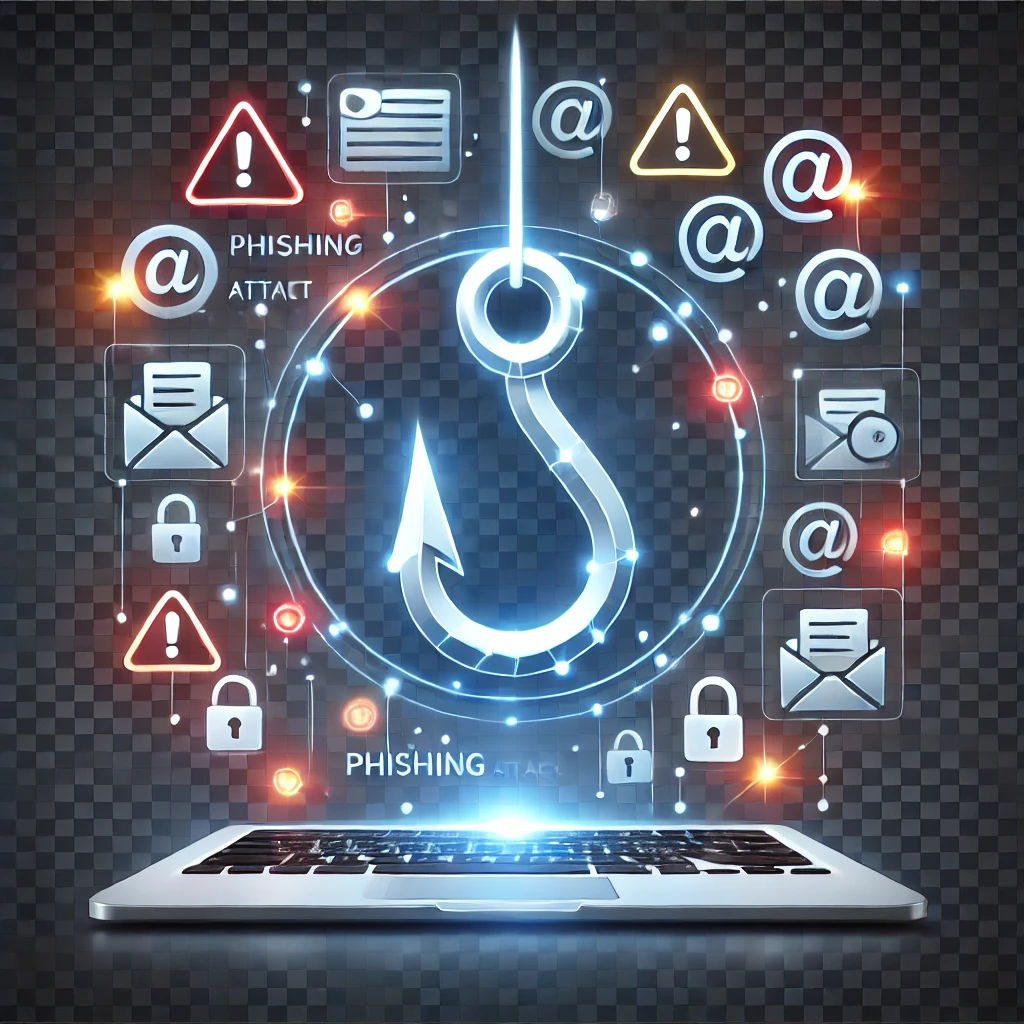A Comprehensive Guide to Recognizing and Protecting Yourself from Cyber Threats
In today’s interconnected world, phishing scams are among the most pervasive and dangerous threats to personal and organizational cybersecurity. Scammers use sophisticated tactics to deceive individuals into revealing sensitive information, compromising accounts, and infecting devices with malware. Understanding the nature of phishing scams and learning how to defend against them is crucial for maintaining your digital security.
This comprehensive guide explores phishing scams in detail, including their techniques, warning signs, and practical strategies to stay safe.
What Are Phishing Scams?
Phishing is a form of cybercrime where attackers impersonate trustworthy entities to trick individuals into sharing confidential information, such as passwords, credit card numbers, or social security numbers. These scams often involve fraudulent emails, messages, or websites that mimic legitimate organizations such as banks, government agencies, or popular online services.
The primary goal of phishing scams is to exploit human trust and urgency. Attackers craft convincing messages that lure victims into acting without proper verification, often leading to financial loss, identity theft, or unauthorized access to sensitive systems.
How Phishing Scams Work
Phishing scams typically follow a structured approach:
1. Crafting the Bait
Scammers design emails, text messages, or social media posts that resemble legitimate communications. These messages often include:
- Logos, branding, and language that mimic reputable organizations.
- Urgent requests, such as account verifications or payment confirmations.
- Promises of rewards, such as gift cards or lottery winnings.
2. Hooking the Victim
The phishing message usually contains a call to action, such as:
- Clicking on a link that leads to a fake website.
- Downloading an attachment containing malware.
- Providing personal information in response to the message.
3. Exploiting the Information
Once the victim complies, attackers use the stolen information to:
- Access accounts and steal funds.
- Commit identity theft.
- Launch further attacks, such as spear phishing or ransomware.
Types of Phishing Scams
1. Email Phishing
This is the most common type of phishing. Attackers send mass emails that appear to be from trusted sources. These emails often contain:
- Links to fake login pages.
- Requests for sensitive information.
- Malicious attachments.
2. Spear Phishing
Unlike generic email phishing, spear phishing targets specific individuals or organizations. Attackers gather personal details to make their messages more convincing, increasing the likelihood of success.
3. Smishing (SMS Phishing)
Smishing involves fraudulent text messages sent to mobile devices. These messages often contain:
- Links to malicious websites.
- Urgent requests for action.
4. Vishing (Voice Phishing)
In vishing scams, attackers use phone calls to impersonate trusted entities. Common tactics include:
- Pretending to be from your bank or a government agency.
- Asking for sensitive information or payments.
5. Social Media Phishing
Scammers use fake profiles or direct messages on social media platforms to:
- Collect personal information.
- Share malicious links.
6. Clone Phishing
In clone phishing, attackers duplicate legitimate messages from trusted organizations but alter links or attachments to include malicious content.
7. Business Email Compromise (BEC)
BEC scams target businesses, often impersonating executives or vendors to request unauthorized transfers of funds.
Common Tactics Used in Phishing Scams
1. Sense of Urgency
Scammers pressure victims into acting quickly by claiming:
- Accounts are compromised.
- Payments are overdue.
- Rewards are time-sensitive.
2. Impersonation
Phishing messages often impersonate:
- Banks and financial institutions.
- Government agencies (e.g., IRS, Social Security Administration).
- Popular services (e.g., PayPal, Netflix, Amazon).
3. Malicious Links and Attachments
Phishing messages may include:
- Links leading to fake websites designed to steal login credentials.
- Attachments containing malware that infects devices.
4. Spoofed Email Addresses
Scammers use email addresses that look similar to legitimate ones, often changing a single character or using a different domain.
Warning Signs of Phishing Scams
Recognizing the signs of phishing can help you avoid falling victim. Be cautious if you encounter:
1. Suspicious Sender Information
- Email addresses that don’t match the official domain.
- Generic greetings like “Dear Customer” instead of your name.
2. Spelling and Grammar Errors
- Poorly written messages are a red flag, as legitimate organizations typically ensure professionalism.
3. Unusual Requests
- Requests for sensitive information, such as passwords or PINs.
- Demands for immediate action, like transferring funds.
4. Unexpected Attachments or Links
- Avoid clicking on links or downloading attachments from unverified sources.
5. Fake URLs
- Hover over links to check the URL before clicking. Look for misspellings or mismatched domains.
How to Protect Yourself from Phishing Scams
Challenges in Implementing Zero Trust
While Zero Trust offers significant benefits, it also comes with challenges:
- Complexity:
- Implementing Zero Trust requires rethinking traditional security architectures, which can be resource-intensive.
- Legacy Systems:
- Older systems may not support modern Zero Trust technologies, requiring costly upgrades or replacements.
- Cultural Resistance:
- Employees and stakeholders may resist changes in workflows, especially if new security measures are perceived as cumbersome.
- Cost:
- Deploying the necessary tools and technologies can be expensive, particularly for small businesses.
Steps to Take If You Fall Victim to Phishing
1. Act Quickly
- Change passwords for affected accounts immediately.
- Enable MFA on all accounts for added security.
2. Notify Relevant Parties
- Contact your bank or credit card provider if financial information was shared.
- Inform your employer if work accounts were compromised.
3. Scan for Malware
- Run a full system scan using updated antivirus software.
4. Monitor Your Accounts
- Check for unauthorized transactions or changes.
- Place a fraud alert on your credit report if necessary.
5. Report the Incident
- File a report with your local cybercrime agency or the FTC.
- Notify the impersonated organization to help them warn others.
Why Education and Awareness Matter
Awareness is a powerful tool in combating phishing scams. By staying informed and sharing knowledge, we can collectively reduce the impact of cyber threats. Organizations should:
- Conduct regular cybersecurity training for employees.
- Implement robust email filtering and monitoring systems.
- Encourage a culture of vigilance and accountability.
Conclusion
Phishing scams are a persistent and evolving threat in the digital age, but with the right knowledge and precautions, you can protect yourself and your data. Recognize the warning signs, practice good cyber hygiene, and educate others to create a safer online environment. By staying one step ahead of scammers, you can safeguard your personal and professional life from the damaging effects of phishing attacks.
Stay informed, stay secure, and remember: think before you click.




